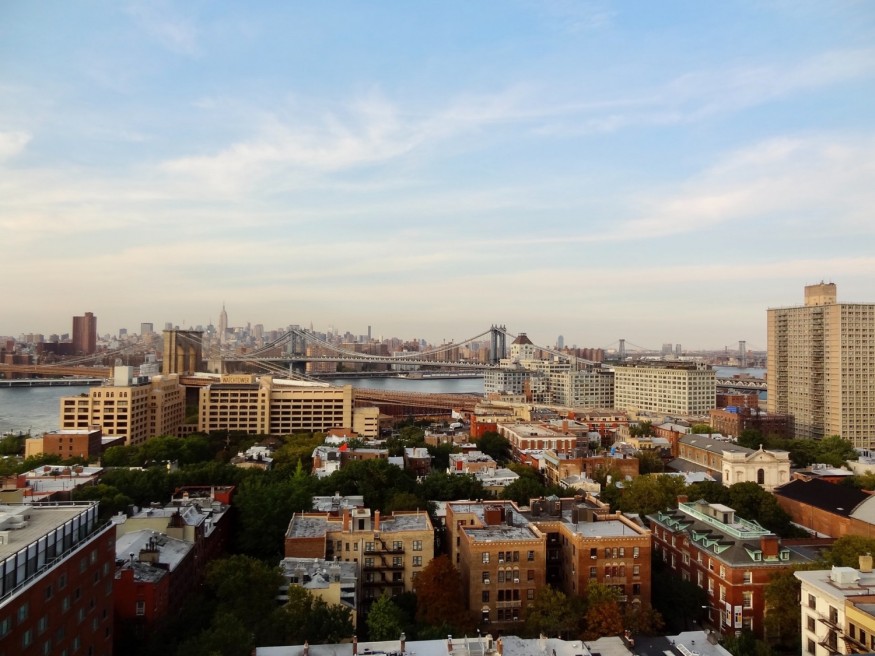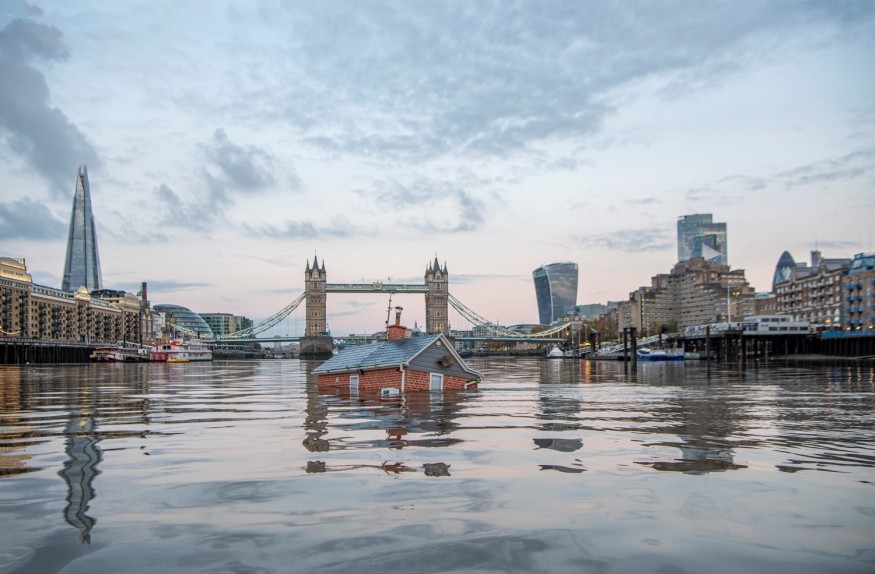Climatic change adaptation will continue to be a significant issue for cities in the following decades, given the considerable alterations in climate variables expected for the twenty-first century and the documented repercussions of ongoing extreme weather and climate events.

Planning aims to add to the growing discussion regarding how cities are being transformed to react to changing climates and how they are being understood, managed, and realized.
We concentrate on spatial planning and increasing the capability of this critical mechanism for responding to the urban adaptation imperative.
Climate Crisis
Climate change is one of the most challenging problems we face today. It has many facets - science, economics, society, politics, and moral and ethical issues - and is a global issue that will be affected on local scales for decades and centuries.
Carbon dioxide, the heat-trapping greenhouse gas that has fueled recent global warming, can stay in the atmosphere for hundreds of years, and the Earth (particularly the seas) takes a long time to adjust to warming.
As a result, even if we ceased generating greenhouse gases today, global warming and climate change would continue to affect future generations. As a result, humanity has "committed" to a certain degree of climate change.

SETS
Situated in cities, social-ecological-technological systems (SETS) are dynamic and react to climate change. The change affects land and resource management, social organization, infrastructure, and design. The effects of climate change on urban SETS or the qualities of urban SETS that enhance climate resilience are typically the subject of research.
Passive methods to urban climate change adaptation, on the other hand, may overlook active SETS transformation by city citizens, planners, and policymakers as potential adaptation options. We examine how SETS change creates windows of opportunity to increase climate change adaptation using data from urban social, ecological, and technological change.
Mitigation and Adaptation
Mitigation is limiting the flow of heat-trapping greenhouse gases into the atmosphere, either by reducing sources of these gases (such as the burning of fossil fuels for power, heat, or transportation) or by improving the "sinks" that gather and store these gases (such as the oceans, forests, and soil).
Mitigation aims to avoid significant human interference with the climate system and "stabilize greenhouse gas levels in a timeframe sufficient to allow ecosystems to adapt naturally to climate change, ensure that food production is not jeopardized, and enable economic development to proceed sustainably."
Adapting to living in a changing environment entails adjusting to the current or predicted future climate. The objective is to lessen our vulnerability to climate change's negative consequences (like sea-level encroachment, more intense extreme weather events, or food insecurity). It also includes making the most of any potentially good climate change possibilities (for example, longer growing seasons or increased yields in some regions).
Continuously Adapting
People and communities have adjusted to and adapted to changes in climate and extremes to varying degrees of success throughout history. Climate change (particularly drought) has had a role in the development and fall of civilizations.
For the past 12,000 years, Earth's climate has been largely stable, which has been critical for developing our modern society and life as we know it. The harsh environment to which we have become used has shaped everyday life. We will have to learn to adapt as our climate changes. The more rapidly the climate changes, the more difficult it may become.
Related Article : How Bamboos Can Help Make Modern Construction More Sustainable
For more news about making the environment sustainable, don't forget to follow Nature World News!
© 2025 NatureWorldNews.com All rights reserved. Do not reproduce without permission.

